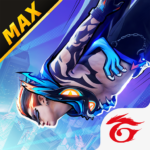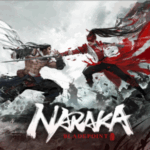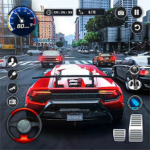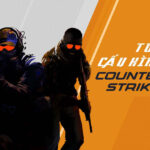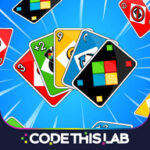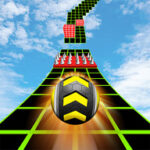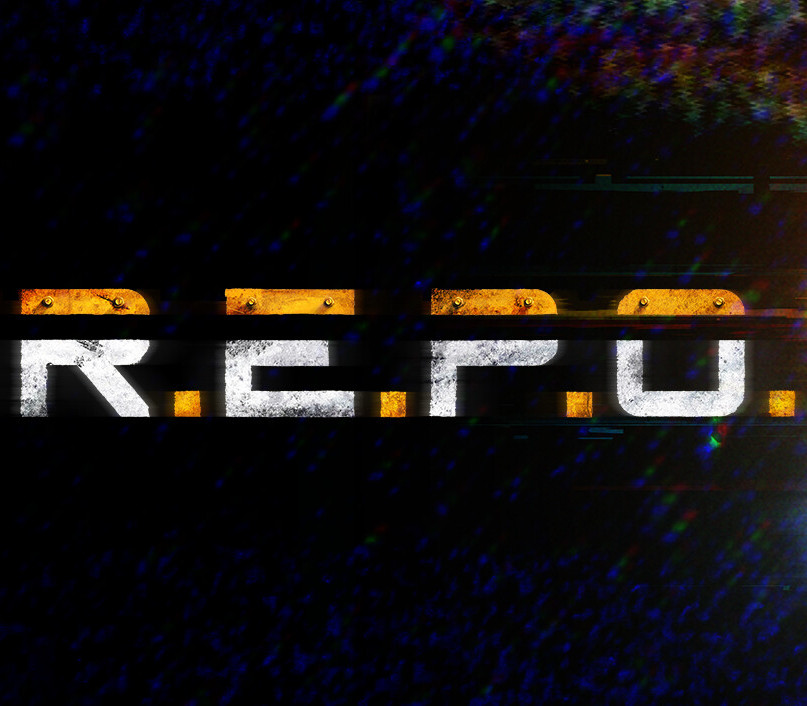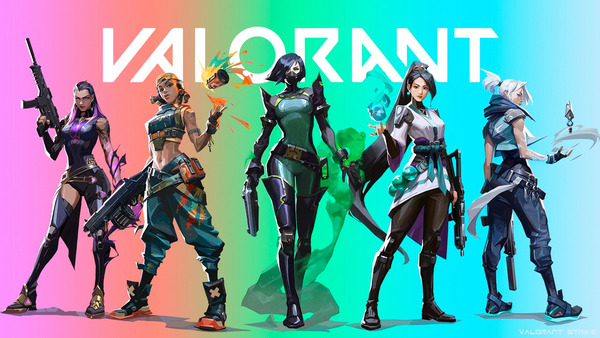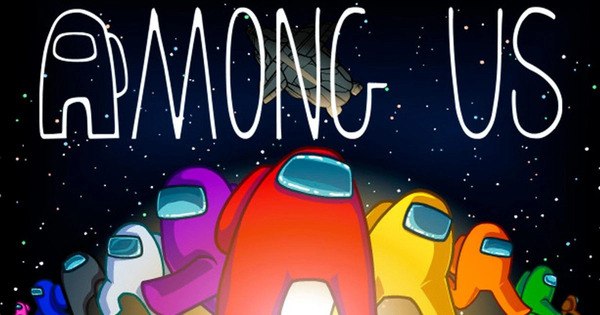Dota 2 is a multiplayer online battle arena (MOBA) video game developed and published by Valve Corporation. It is the stand-alone sequel to the community-created mod Defense of the Ancients (DotA) for Warcraft III. Since its release in 2013, Dota 2 has established itself as one of the most complex and competitive esports titles in history.
Known for its deep strategic gameplay, diverse cast of heroes, and massive international tournaments like The International (TI), Dota 2 has become more than just a game—it’s a global phenomenon. This article explores the evolution, mechanics, community, and legacy of Dota 2 in depth.1. Origins and Development of Dota 2
Dota 2's lineage can be traced back to the early 2000s, when the original DotA mod gained popularity. Recognizing its potential, Valve hired the mod’s lead developer, IceFrog, to create a new, standalone version.From Mod to Mainstream
Valve built Dota 2 using its Source engine and launched it as a free-to-play title in 2013. The game retained the core gameplay of DotA but introduced modern graphics, improved matchmaking, and regular updates.The Role of IceFrog
IceFrog remains an anonymous but highly respected figure in the community. His careful balancing and stealthy presence have shaped Dota 2’s development philosophy.2. Gameplay Fundamentals and Objectives
In Dota 2, two teams of five players battle to destroy each other’s Ancient, a structure located within their base.The Map and Lanes
The map is divided into three lanes (top, middle, bottom), a jungle area, and two bases. Strategic lane control and map awareness are key to victory.Creep Waves and Towers
Automated units called creeps spawn every 30 seconds. Destroying enemy creeps and towers provides gold and experience, fueling hero progression.3. Heroes and Roles
Dota 2 features over 120 playable heroes, each with unique abilities, roles, and playstyles. Heroes fall into categories like carry, support, offlaner, midlaner, and roamer.Picking and Countering
Drafting is strategic—each pick can counter the opponent’s lineup. Team composition and synergy are critical.Hero Learning Curve
Learning new heroes is challenging, with many requiring intricate mechanics and timing. Mastery takes time and effort.4. Items and Economy System
Gold earned from killing creeps, heroes, and towers is used to purchase items that enhance hero capabilities.Core Items vs. Situational
Core items define a hero’s functionality, while situational items respond to enemy strategies.Shops and Courier
Dota 2 features secret and side shops. A courier delivers items, adding strategic depth to resource management.5. Competitive Scene and The International
Dota 2 is synonymous with esports. Its flagship event, The International, has broken records with its prize pools and viewership.Tournament Format
TI features regional qualifiers, group stages, and a double-elimination bracket. The Grand Finals are a global spectacle.Famous Moments
- OG’s TI8 and TI9 victories
- Alliance’s base race win in TI3
- Evil Geniuses’ miracle comeback at TI5


